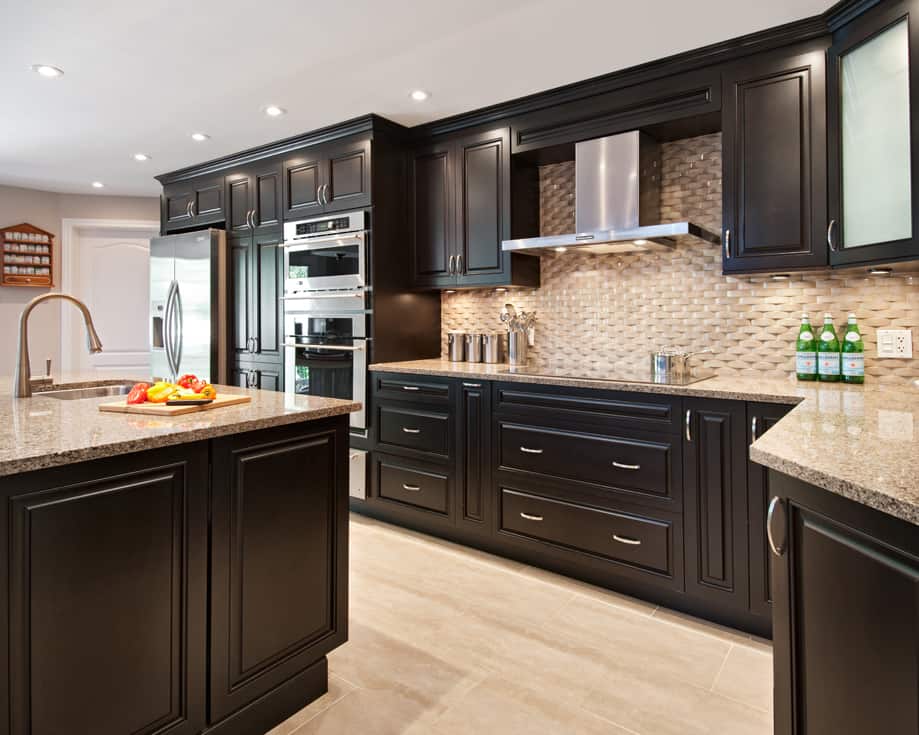In an era dominated by high-tech gadgets and sleek designs, classic cookware stands as a symbol to the enduring principles of excellence and practicality in the kitchen. The charm of classic materials like cast iron, brass, and carbon steel not only adds a touch of sentimentality to meal preparation but also elevates the cooking experience, allowing home chefs to create restaurant-quality results. Whether you're a seasoned culinary expert or a novice looking to deepen your skills, embracing classic cookware can change your approach to cooking.
The allure of these enduring pieces lies in their ability to distribute heat evenly and retain it, improving flavors and texture in ways that modern nonstick alternatives often cannot replicate. From the durable cast iron skillet that generations have used for various tasks including frying to baking, to the refined enameled Dutch oven perfect for slow-cooked stews, classic cookware offers durability and flexibility. Come with us as we explore why classic cookware still reigns in modern kitchens and uncover the key pieces every home chef should consider for their collection.
The Timeless Appeal of Traditional Culinary Tools
Classic cookware has an everlasting appeal that remains to captivate both novice cooks and experienced chefs alike. Its sturdy construction and consistent functionality have made it a mainstay in kitchens for ages. From the cozy warmth of iron to the elegant functionality of metal, these classic pieces not just elevate the cooking experience but also link us to cooking traditions that have endured through time.
One of the main reasons classic cookware preserves its popularity is its flexibility. It can effortlessly transition from stovetop to oven and even to the dining table, often doubling as a dish for presentation. Many classic pieces, such as enameled Dutch ovens, are engineered to handle high heat while providing excellent heat distribution, ensuring consistent cooking outcomes. This flexibility allows amateur cooks to prepare a variety of dishes, from rich stews to delicate sauces, with confidence.
In addition to their functional benefits, traditional cookware pieces often possess a specific sentimentality. They evoke us of family meals shared with family and the warm aromas that permeate the home. Antique and legacy cookware often tell tales of the past, making cooking feel like a treasured ritual. This sentimental connection only adds to the appeal of classic cookware, making it a beloved choice for anyone looking to create restaurant-quality meals in their own kitchen.
Essential Iconic Kitchenware Items for Any Culinary Space
All kitchen requires necessary classic cookware that lasts for years. A cast iron skillet is at the forefront of this collection, known for its remarkable heat retention and versatility. From cooking eggs to making cornbread, a carefully seasoned cast iron skillet can do it all, delivering high-quality meals right at home. Its natural nonstick finish enhances with use, making it a top pick for amateur and expert chefs alike.
A further vital piece is the enameled Dutch oven, perfect for braising, baking, and slow cooking. Its heavy-duty construction ensures even heat distribution, which improves flavor while retaining moisture. With a variety of stunning colors, an enameled pot also serves as an appealing serving dish, easily moving from kitchen to dining table. This combination of functionality and aesthetics makes it an necessary item in all kitchen.
Lastly, a good stainless steel saucepan should be considered. Great for making sauces or boiling pasta, stainless steel offers long-lasting use and resistance to damage and rust. Choose a well-constructed option with an aluminum or copper core to improve heat conductivity. This classic piece allows for precise cooking temperature control, vital for making exquisite recipes, ensuring that every meal is prepared to flawless standards.

Maintaining for and Renewing Vintage Cooking Utensils
Caring for classic cookware necessitates a delicate touch as well as a bit of knowledge. Start by inspecting the piece for any signs of damage, such as cracks or nicks, which can affect its performance. Clean the cookware meticulously using hot, soapy water plus a non-abrasive sponge. Refrain from harsh chemicals that can remove the finish or protective seasoning. For cast iron, a little scrub with coarse salt can help remove stubborn residues while avoiding damaging the surface.
Restoring vintage cookware often entails seasoning, especially for cast iron. After cleaning, make sure the piece is completely dry before applying a light layer of vegetable oil or melted shortening all over its surface. Preheat your oven to 350 degrees Fahrenheit, set the cookware inverted on the middle rack (with foil beneath to catch drips), and bake for around an hour. asian kitchenware creates a non-stick surface while enhancing the cookware's strength and flavor-enhancing properties.
For those working with enameled or copper cookware, restoration may focus more on polishing and fixing tarnish. Use a specialized cleaner advised for the specific material to bring back its shine. Additionally, keep an eye out for any seams or handles that might require tightening. Investing time in restoring vintage cookware not only prolongs its lifespan but also improves your cooking experience, allowing you to prepare gourmet meals in your kitchen.
